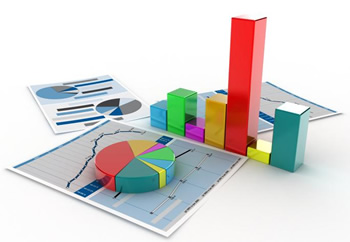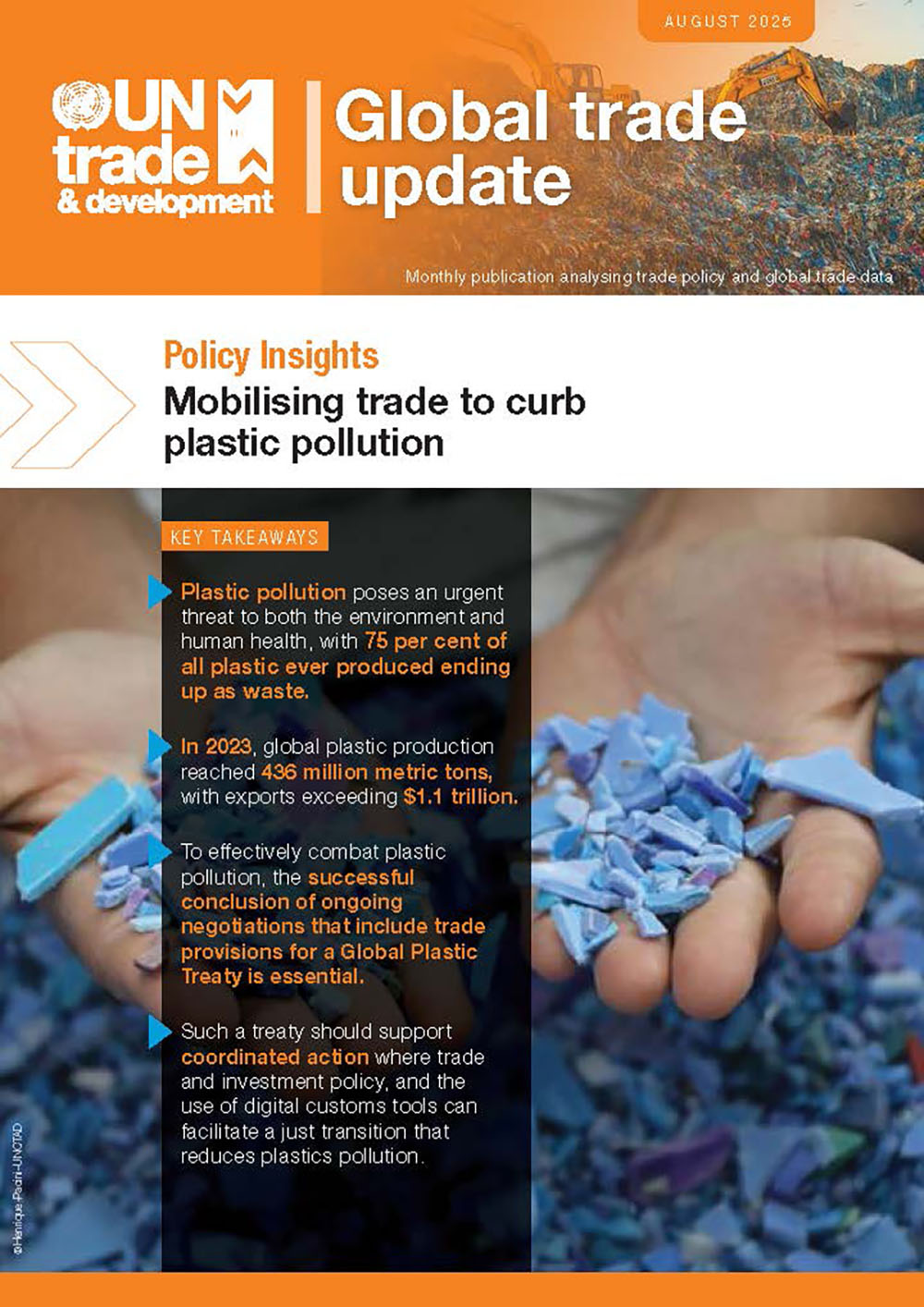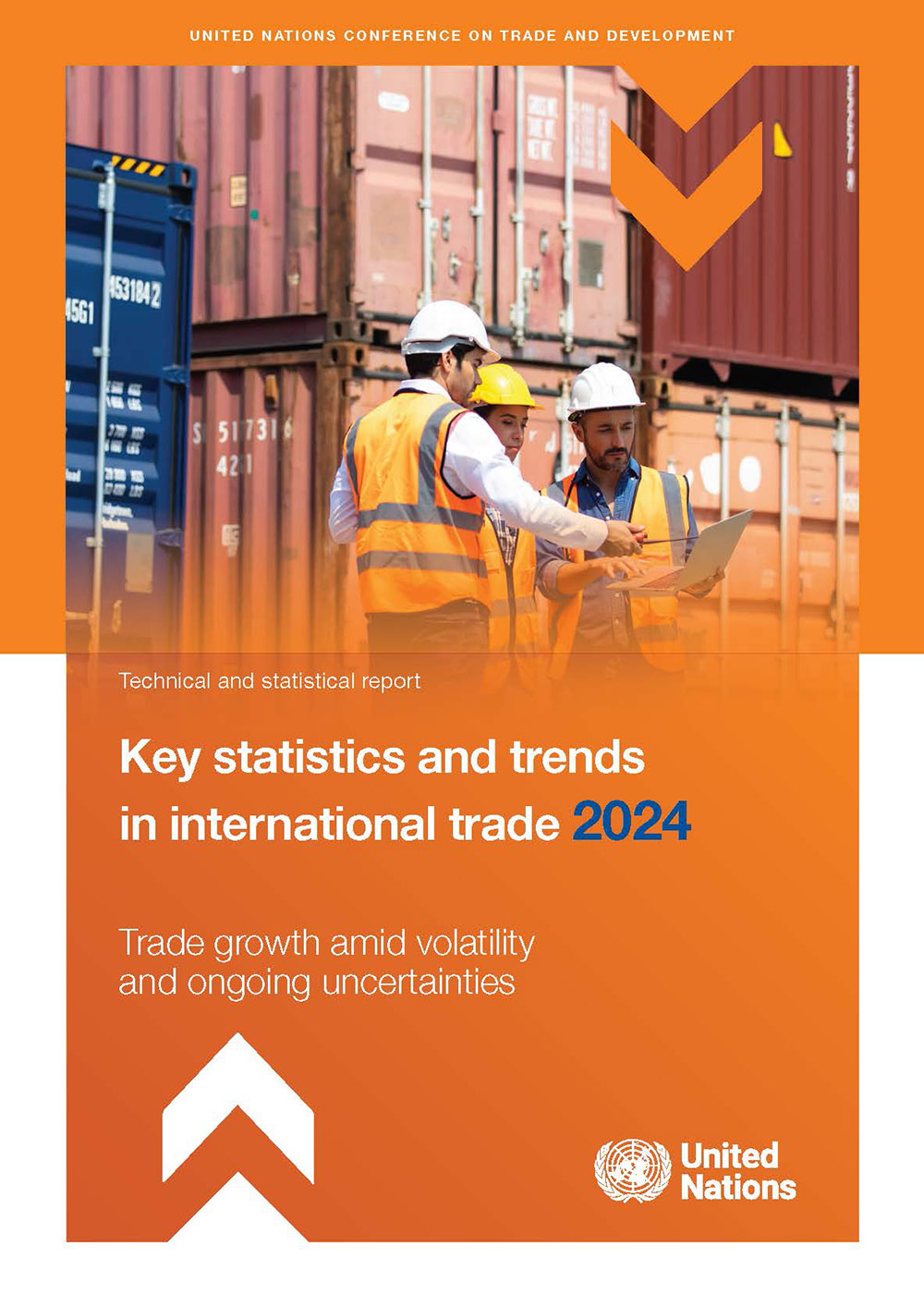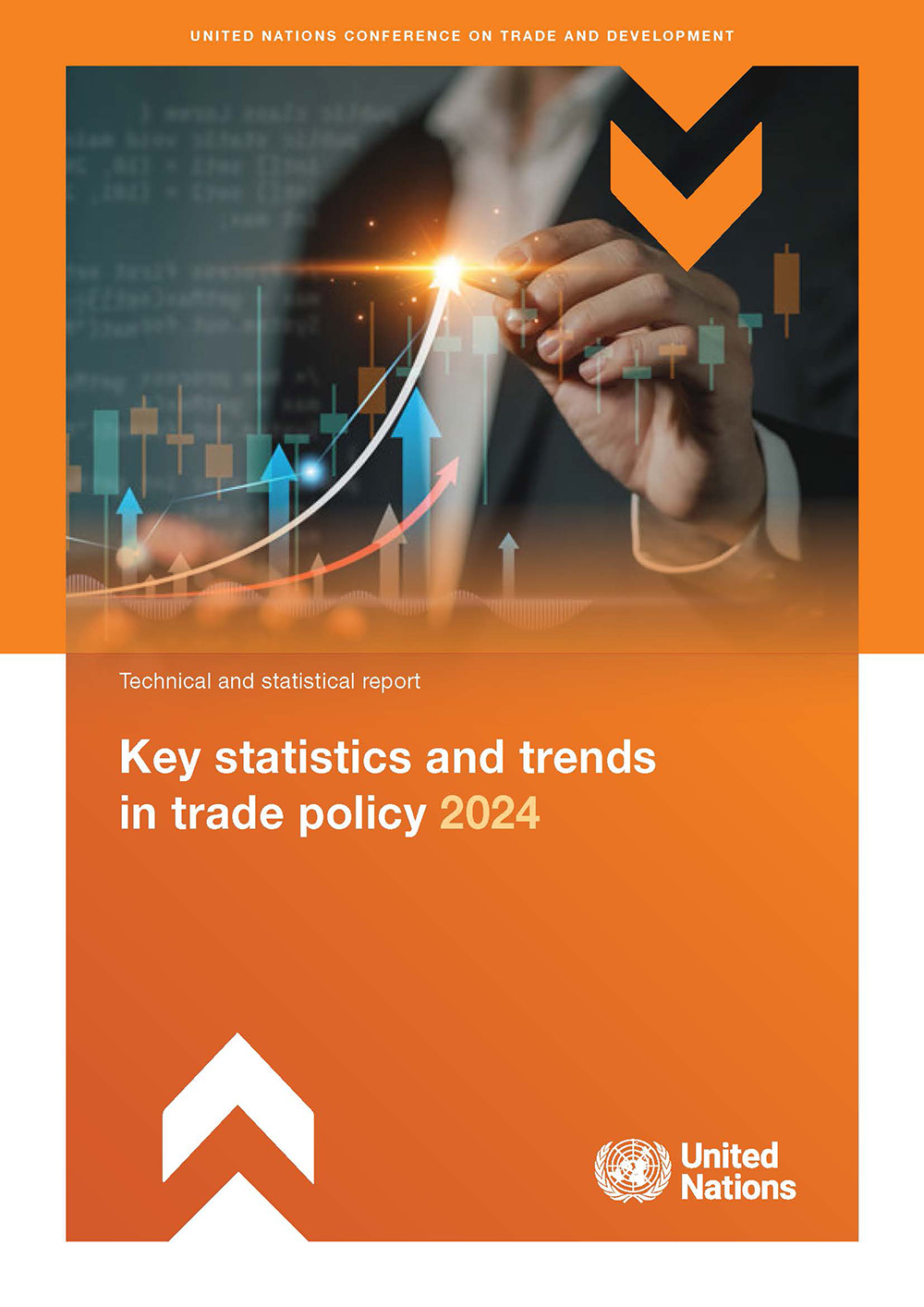We collect, manage and disseminate data, statistics and trends in international trade and trade policy, including customs tariffs, tariff preferences, trade agreements, non-tariff measures and trade defense measures, and trade flows.
Database and Analytical Tools
The UNCTAD Trade Analysis and Information System (TRAINS) is a trade and market access information system combining data on trade, customs tariffs, and non-tariff measures. TRAINS contains HS-based tariff data for over 170 countries and for several years.
TRAINS is both a data depository and an analytical tool designed for policy-makers and economic operators engaged in international merchandise trade. It is also a powerful tool for multilateral or bilateral trade negotiations as well as for general research on international merchandise trade.
TRAINS tariff and trade data are disseminated through the World Integrated Trade Solution WITS application (developed and maintained jointly by UNCTAD and the World Bank).
TRAINS data on non-tariff measure are disseminated through different platforms.
Global Trade Update
This monthly publication provides insight on key trends in world trade. It presents up-to-date analysis on the evolution of imports and exports for different regions and economic sectors and examines current and emerging trade policy issues and their impact on economic development in a fast-changing global trade context.
Key Statistics and Trends: International Trade
This yearly publication informs on recent trends in international trade and provides illustrative statistics on international trade and their evolutions in the medium term.
The series covers various aspects of international trade including trade in goods and services; south-south trade; intra and inter regional trade; trade in primary, intermediates and final products; and trade at the sectoral level.
It also provides country specific indicators on export performance such as export diversification, commodity dependence, export propensity, export competitiveness and export sophistication.
Key Statistics and Trends: Trade Policy
This yearly publication informs on the use and effects of a wide range of trade policies influencing international trade.
The series informs on recent trends in trade policy by providing up-to-date statistics on the use of various instruments of trade policy and how their use evolved in the medium term.
It covers various policy factors affecting international trade including tariffs, preferential margins, non-tariff measures, trade defence measures, regional trade agreements and exchange rates. Statistics are reported by country, geographic region and by broad economic sector.
International Trade and Development
Trade-related Indices
- Revealed Factor Intensity Index (RFII) provides a unique number that suggests the factor intensity of a traded good at the most disaggregated level of product classification (at SITC 5-digit and HS 6-digit)
Data in EXCEL format is available for download here
Data in STATA format is available upon request (Write to: [email protected])
- Maritime Connectivity Index/Liner Shipping Bilateral Connectivity Index (LSBCI) provides bilateral Liner Shipping Connectivity Index (LSCI)
- Regulatory Distance Index compares patterns of NTM regulation in countries, i.e. if different countries apply the same types of NTMs to the same type of imported products.
- The ad valorem equivalent (AVE) of non-tariff measures (NTMs) provides an estimate of the average trade costs due to the presence of NTMs. AVEs are provided at the bilateral level covering the Global Trade Analysis Project (GTAP) sectors.
| AVEs of border measures: These are measures implemented at the border and/or at customs Download: Version 11 | Version 10 | Version 9 | |
| AVEs for technical and non-technical measures: Definition of such measures follows the international classification of non-tariff measures at UNCTAD Download: Version 10 | Version 9 | |
| Note for the use of the database on ad-valorem equivalents of non-tariff measures Download: Guidelines |
Texts of Trade Agreements (ToTA)
In collaboration with researchers from The Graduate Institute, University of Ottawa and European University at St. Petersburg, UNCTAD has prepared a repository of trade agreement texts in HTML format.
The project makes a machine-readable and annotated full text corpus of preferential trade agreements publicly available to scholars and policy-makers and uses state-of-the-art text-as-data techniques to analyze it.
Quick link: The Texts of Trade Agreements (ToTA) project






